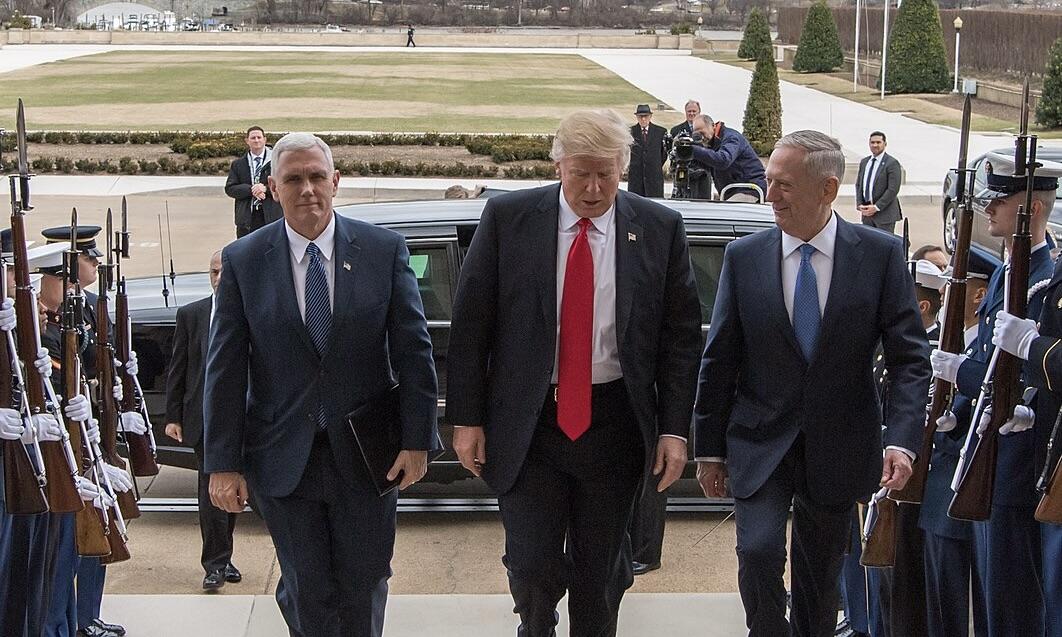Donald Trump’s second term as president promises sweeping changes to the U.S. immigration system, with a bold plan to streamline legal immigration processes. His administration’s strategy aims to reduce wait times, improve efficiency, and prioritize highly skilled workers. However, the proposals have drawn both praise and skepticism, igniting a nationwide debate on their potential impact.
Faster Processing and High-Skilled Immigration Focus
Central to Trump’s plan is a significant overhaul of processing times for visas and green cards. The administration has proposed additional funding for the U.S. Citizenship and Immigration Services (USCIS) to modernize outdated systems, reduce application backlogs, and implement digital platforms for smoother processing. This initiative is expected to particularly benefit family-based immigration and employment visa applicants.
In addition, Trump’s proposal emphasizes a shift toward a merit-based immigration system. By prioritizing applicants with specialized skills, advanced degrees, and high-demand expertise, the administration argues it can better align immigration policies with the country’s economic needs.
“This is about keeping America competitive on the global stage,” said John Daniels, an economic policy analyst. “Streamlining legal immigration while focusing on talent acquisition could address workforce gaps and drive innovation.”
However, critics have expressed concerns that prioritizing skilled workers might marginalize family reunification applicants and humanitarian cases. “We need a balanced approach that values human dignity alongside economic benefits,” said Maria Lopez, an immigration advocate.
Expanding Access While Tightening Oversight
Trump’s plan also includes measures to expand access to legal pathways while ensuring tighter oversight to prevent abuse of the system. Enhanced fraud detection mechanisms and stricter eligibility verification processes will be implemented to maintain the integrity of the immigration system.
The administration has also proposed increasing the availability of temporary work visas for sectors facing labor shortages, such as agriculture and healthcare. By easing restrictions on these programs, the plan seeks to address critical gaps in the U.S. workforce.
However, opponents argue that these measures could lead to exploitation of foreign workers if proper protections are not enforced. “Balancing oversight and opportunity is essential to ensuring fairness and preventing abuse,” said Sarah Lin, a labor rights advocate.
Netizens React to Trump’s Immigration Reforms
Trump’s legal immigration overhaul has sparked passionate reactions online. User @FutureOfWork praised the initiative, tweeting, “Merit-based immigration is the way forward. America needs top talent to stay ahead globally.” On the other hand, @EqualRightsNow criticized, “Focusing solely on skilled workers overlooks the human side of immigration. Families deserve equal priority.”
Others highlighted potential economic benefits. “Streamlining legal immigration could boost the economy and fill workforce gaps,” wrote @EconExpert2025. Meanwhile, @DiversityChampion countered, “Skilled immigration is great, but let’s not forget the value of diversity in all its forms.”
Supporters rallied around Trump’s promise to modernize the system. “Finally, a president addressing the inefficiencies in legal immigration,” tweeted @PolicyReformist. However, @HumanityFirst warned, “Fast processing shouldn’t come at the cost of fairness. We need balanced reforms that benefit everyone.”
Challenges and the Road Ahead
While Trump’s proposals aim to address longstanding inefficiencies, they face significant hurdles, including securing bipartisan support and managing competing priorities. As details of the reforms emerge, the nation remains divided on whether these changes will improve the system or exacerbate existing disparities.



 Syria, Kurds and U.S. Race to Show Progress on SDF Integration Deal
Syria, Kurds and U.S. Race to Show Progress on SDF Integration Deal  Venezuela Seeks UN Security Council Meeting Over U.S. Oil Tanker Blockade
Venezuela Seeks UN Security Council Meeting Over U.S. Oil Tanker Blockade  Trump Signs Order to Ease Federal Marijuana Rules, Signaling Major Policy Shift
Trump Signs Order to Ease Federal Marijuana Rules, Signaling Major Policy Shift  Federal Appeals Court Allows Trump’s National Guard Deployment in Washington, D.C. to Continue
Federal Appeals Court Allows Trump’s National Guard Deployment in Washington, D.C. to Continue  Trump Expands U.S. Travel Ban to Antigua and Barbuda, Dominica, Sparking Economic Fears in the Caribbean
Trump Expands U.S. Travel Ban to Antigua and Barbuda, Dominica, Sparking Economic Fears in the Caribbean  Honduras Election Recount Delayed Amid Protests and Political Tensions
Honduras Election Recount Delayed Amid Protests and Political Tensions  Dan Bongino to Step Down as FBI Deputy Director After Brief, Controversial Tenure
Dan Bongino to Step Down as FBI Deputy Director After Brief, Controversial Tenure  EU Delays Mercosur Free Trade Agreement Signing Amid Ukraine War Funding Talks
EU Delays Mercosur Free Trade Agreement Signing Amid Ukraine War Funding Talks  Argentina Unions Rally Against Milei’s Labor Reform as Congress Debates Key Bill
Argentina Unions Rally Against Milei’s Labor Reform as Congress Debates Key Bill  Union-Aligned Investors Question Amazon, Walmart and Alphabet on Trump Immigration Policies
Union-Aligned Investors Question Amazon, Walmart and Alphabet on Trump Immigration Policies  Trump Administration Proposes Sweeping Limits on Gender-Affirming Care for Children
Trump Administration Proposes Sweeping Limits on Gender-Affirming Care for Children  Canada Signals Delay in US Tariff Deal as Talks Shift to USMCA Review
Canada Signals Delay in US Tariff Deal as Talks Shift to USMCA Review  U.S. Initiates $11.1 Billion Arms Sale to Taiwan Amid Rising China Tensions
U.S. Initiates $11.1 Billion Arms Sale to Taiwan Amid Rising China Tensions  Republicans Raise National Security Concerns Over Intel’s Testing of China-Linked Chipmaking Tools
Republicans Raise National Security Concerns Over Intel’s Testing of China-Linked Chipmaking Tools  U.S. Senators Move Toward Deal to Strengthen Military Helicopter Safety Rules
U.S. Senators Move Toward Deal to Strengthen Military Helicopter Safety Rules  U.S. House Advances GOP Healthcare Bill as ACA Subsidies Near Expiration
U.S. House Advances GOP Healthcare Bill as ACA Subsidies Near Expiration  Trump Attends Dover Ceremony Honoring U.S. Personnel Killed in Syria
Trump Attends Dover Ceremony Honoring U.S. Personnel Killed in Syria 































